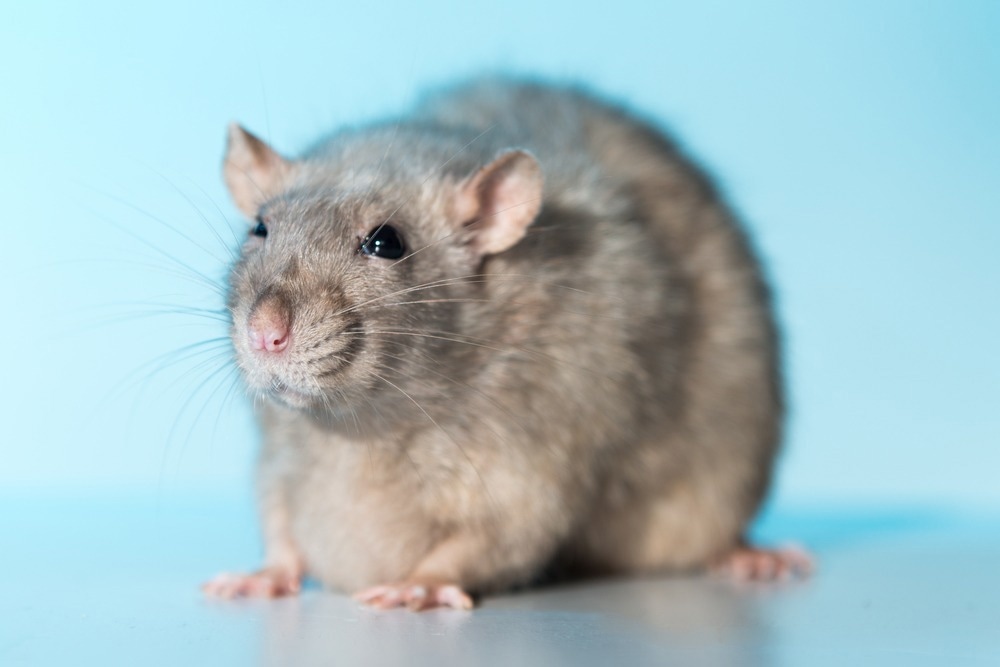In an article recently published in the journal Life Sciences, researchers investigated the effect of nanosilver (Ag), noise, and nano-Ag plus noise treatments on rat’s cochlea. The research outcomes confirmed that these treatments induced oxidative stress in rats and changed the expression of interleukin-6 (IL-6), tumor necrosis factor alpha (TNF-α), and NADPH oxidase 3 (NOX3).

Study: Combined effects of the exposure to silver nanoparticles and noise on hearing function and cochlea structure of the male rats. Image Credit: JLRphotography/Shutterstock.com
A decrease in the expression percentage of TUJ-1 and MHC-7 proteins in rat cochlea was observed because of the exposure to nano-Ag, noise, and nano-Ag plus noise, ultimately causing a hearing deficit in them.
Factors Causing Noise-induced Hearing Loss (NIHL)
Exposure to intense noise for an extended period may cause NIHL that damages the cellular connections between cochlear cells, mixes the perilymph and endolymph, and disrupts the synapse in primary spiral ganglion neurons (SGNs). Oxidative stress and reduced blood flow cause cochlear ischemia-reperfusion damage. Moreover, free radical generation and oxidative stress were recognized as major causes of NIHL and cochlear dysfunction. On exposure to noise, the levels of lipid peroxidation are elevated, causing increased free radical production in the cochlea.
Metallic nanoparticles (NPs) mainly cause toxicity via reactive oxygen species (ROS) production and cytokines excess release. Ag NPs have widely used nanomaterials for industrial applications. Previous research showed the toxicity of Ag-NPs leading to genotoxicity in cell lines and disrupting cochlea. The combined exposure to nanomaterials and noise can provide reliable information on gene expression causing hearing loss. Furthermore, this knowledge may help build novel and robust molecular therapeutics or gene therapy.
Exposure of Animal Models to Ag-NPs and Noise
In the present study, the researchers synthesized Ag NPs and characterized them by employing SEM and XRD. They investigated the nature of interactions (independent, additive, or synergistic) displayed through the integrated exposure of an animal model to Ag-NPs and intensive noise. The researchers divided 24 Wistar rats into four treatment groups and were exposed to saline (IP), Ag NPs, narrowband noise of 8 kilohertz, and a combination of noise and Ag NPs.
The team assessed the body weight changes, levels of malondialdehyde (MDA) and superoxide dismutase (SOD) in serum, and distortion product otoacoustic emissions (DPOAE). They stained the rat cochlea to investigate the mRNA expression, immunohistochemical (IHC), and histological alterations. Based on the research findings, they confirmed the permanent damage caused to the hair cells on sub-acute exposure to Ag NPs and noise.
Research Findings
For the first time, the researchers reported that individual or concomitant exposure to noise and Ag-NPs contributes to biochemical changes in serum, morphological, functional, and IHC changes in rat cochlear cells. The present study provided in vivo evidence on the negative effects of noise and Ag-NPs on cochlear cells. These concomitant effects resulted in damage to nerve and hair cells, which are responsible for perceiving higher noise frequencies, resulting in permanent loss of hearing.
Except in noise plus Ag-NPs, they found the body weight in all groups increased. However, when compared to the control group, a lesser weight gain was observed in Ag-NPs plus noise group. These observations indicated that the Ag-NPs and noise in combination are strong stressors that affect body weight.
The DPOAE test helped assess the impact on OHCs and spiral ganglion neurons (SGNs), and the results revealed that the DPOAE values were remarkably reduced in the groups exposed to noise. The combined exposure to Ag NPs and noise exhibited independent effects on the animal model. The IHC results confirmed that the co-exposure of animal models to noise and AG-NPs in addition to hair cell loss, negatively impacted SGNs. The combined exposure also led to ROS generation and inflammatory response, along with decreased SOD activity and increased levels of MDA in serum.
Moreover, the combined effect (Ag-NPs plus noise) elevated the expression of NOX3, TNF, and IL-6 in the animal groups. The IHC tests revealed beta-tubulin (TUJ1) and myosin-7a (MYO7A) downregulation. The present study confirmed the role of the aforementioned genes and oxidative stress in the pathogenesis of Ag-NPs and noise, which induced hearing dysfunction and cochlear damage.
Conclusion
In conclusion, the researchers demonstrated that enhanced expression of MDA, IL-6, TNF-A, and NOX3 and decreased SOD levels in serum combined with molecular and functional data from the Ag NPs and noise groups resulted in inflammatory reactions and oxidative stress damage to the cochlea.
The excess expression of genes (IL-6, TNF-A, NOX3), biochemical markers (SOD, MDA), and the DPOAE test revealed individual interactions of Ag NPs and noise. Further, histological changes in the animal models exposed independently and combined with Ag NPs and noise revealed the number of outer hair cells (OHCs) and IHCs.
Reference
Zahra, G., Esmaeil, K., Mohammad, F., Rashidy-Pour, A., Mahdi, M., Mahdi, A., & Ali, K. (2022). Combined effects of the exposure to silver nanoparticles and noise on hearing function and cochlea structure of the male rats. Life Sciences. https://doi.org/10.1016/j.lfs.2022.120724
Disclaimer: The views expressed here are those of the author expressed in their private capacity and do not necessarily represent the views of AZoM.com Limited T/A AZoNetwork the owner and operator of this website. This disclaimer forms part of the Terms and conditions of use of this website.